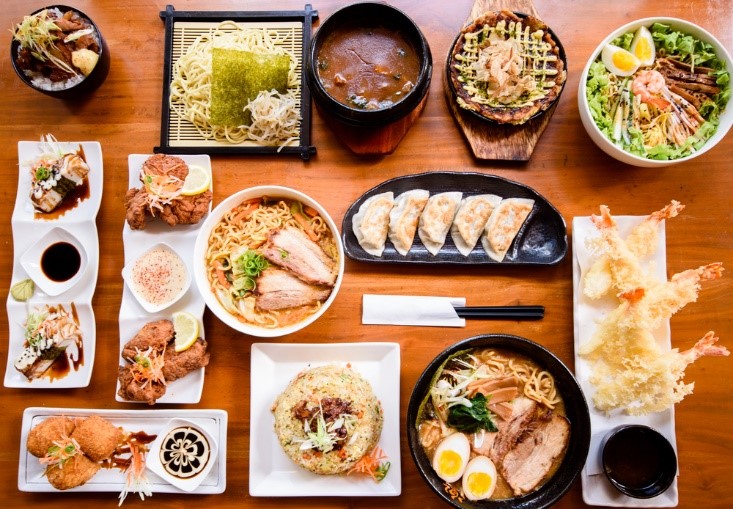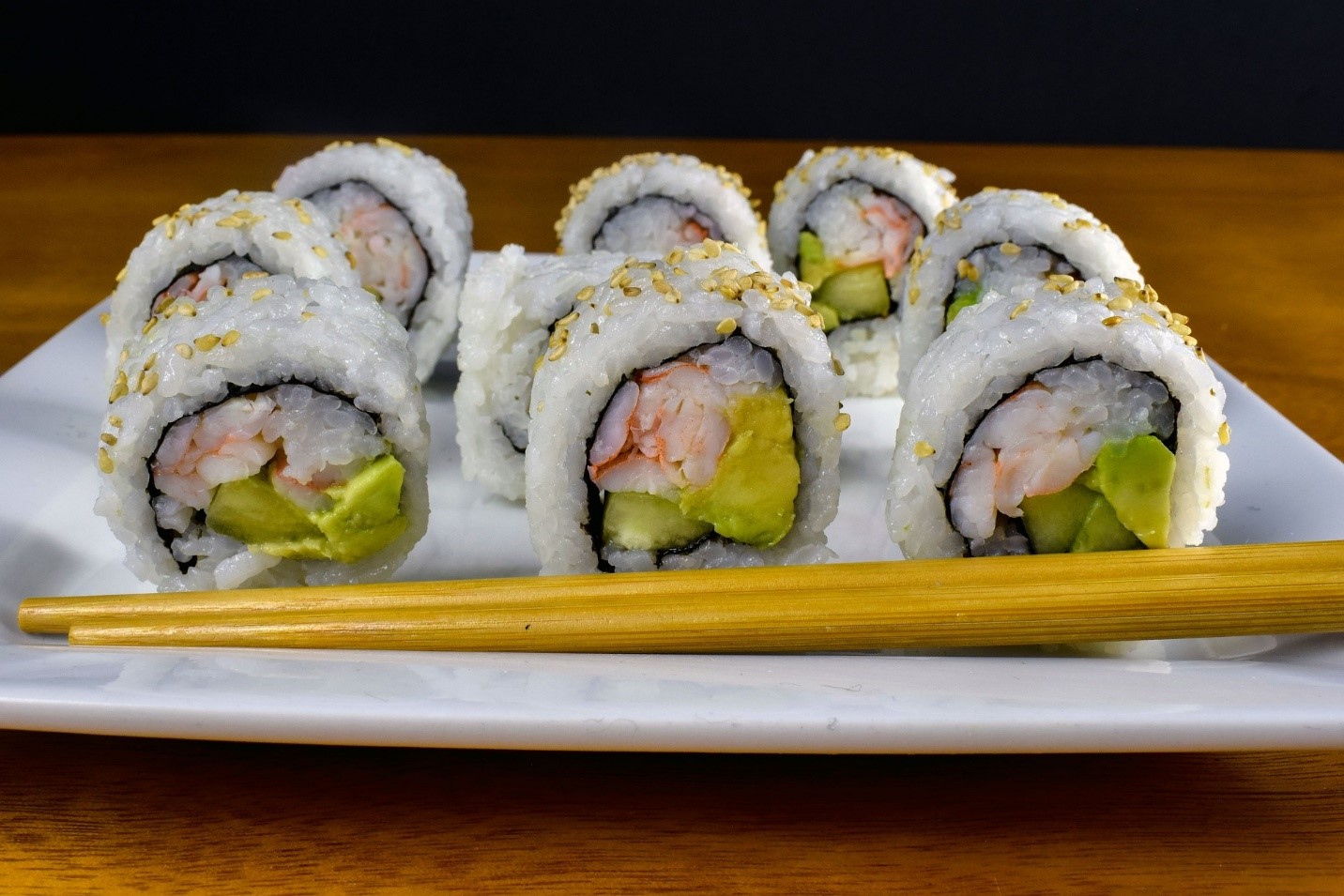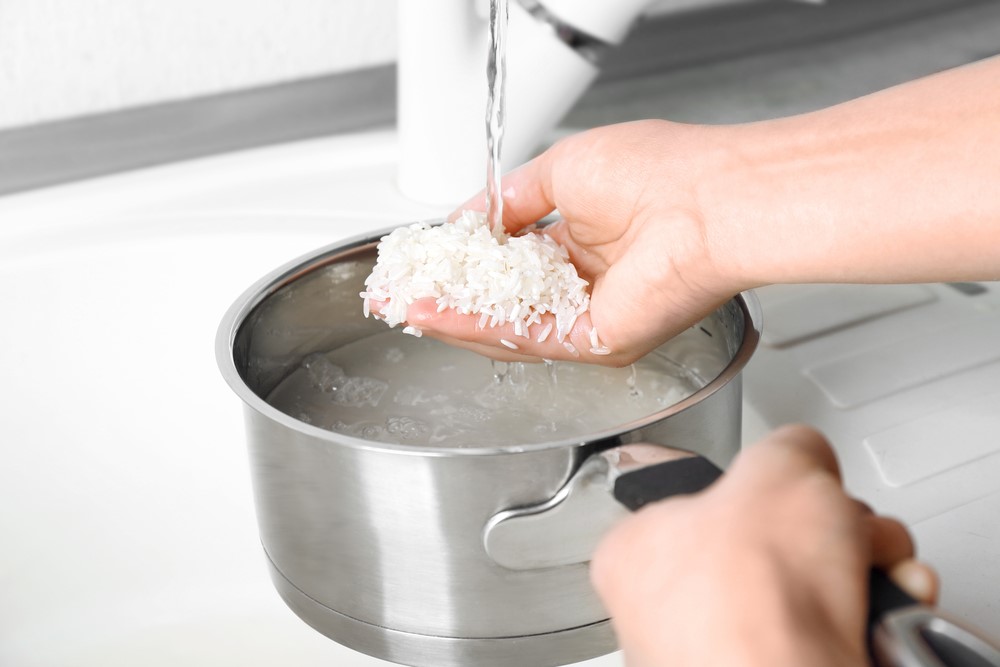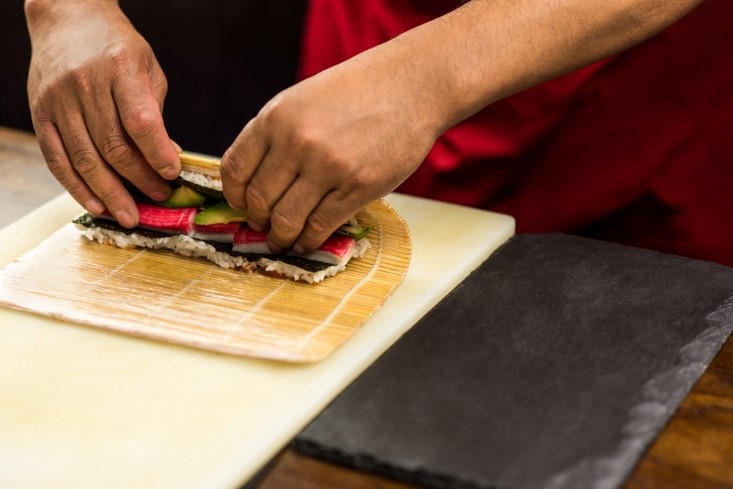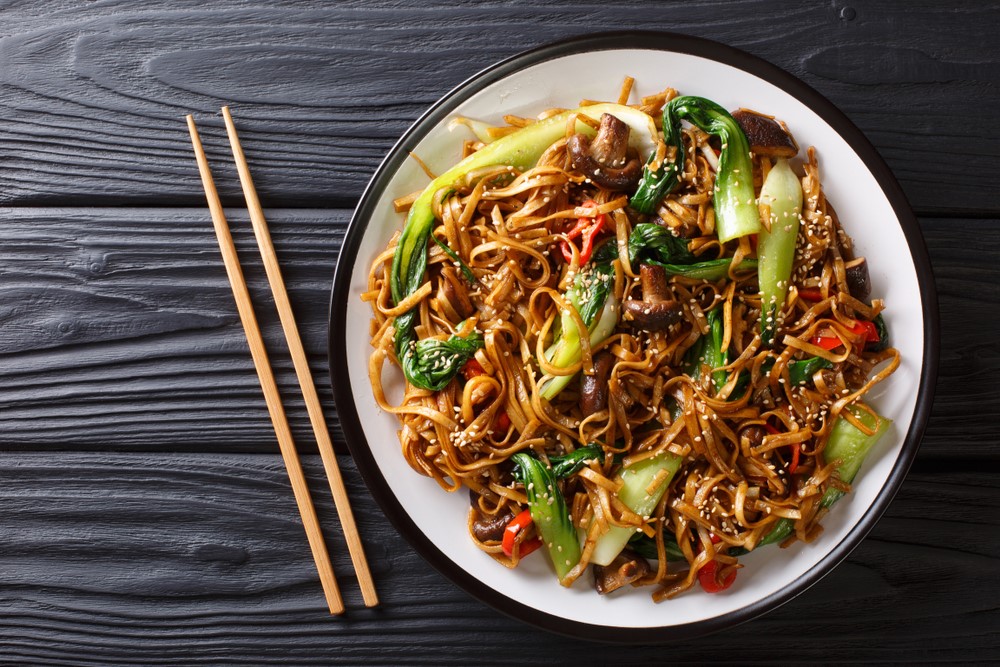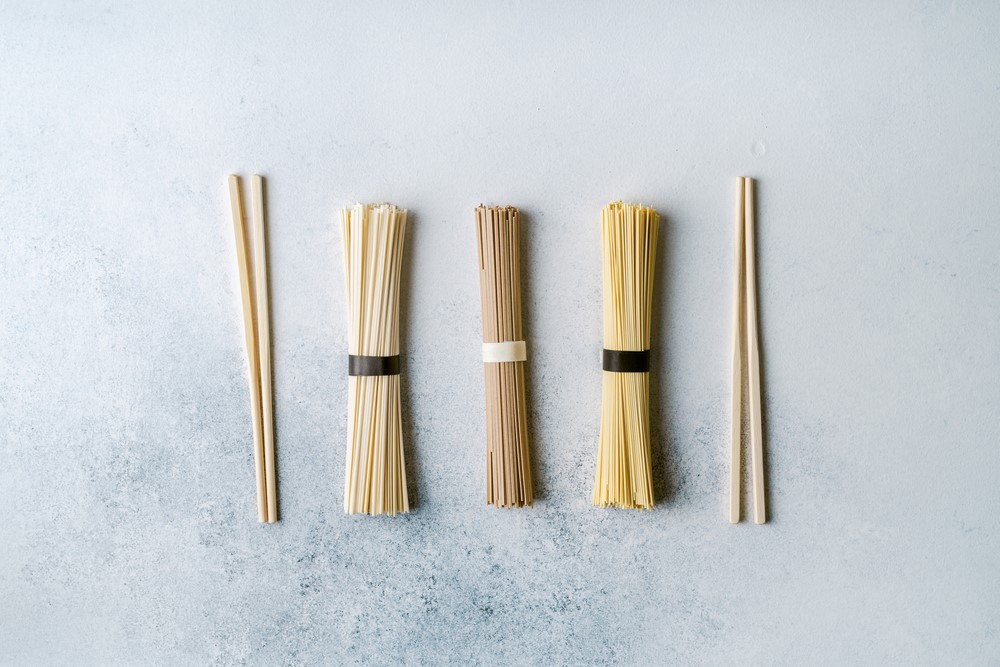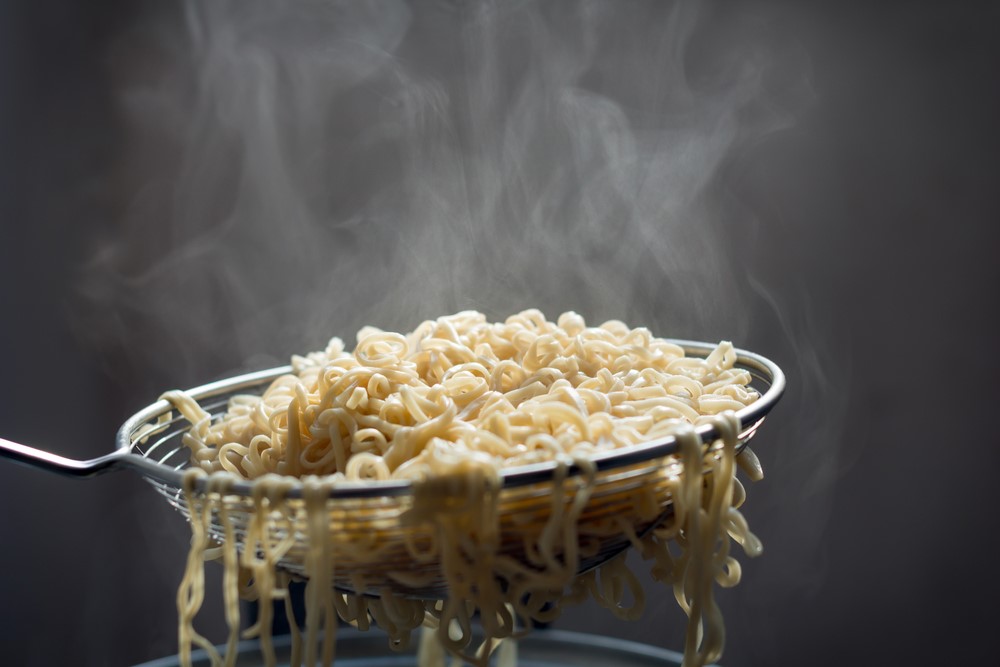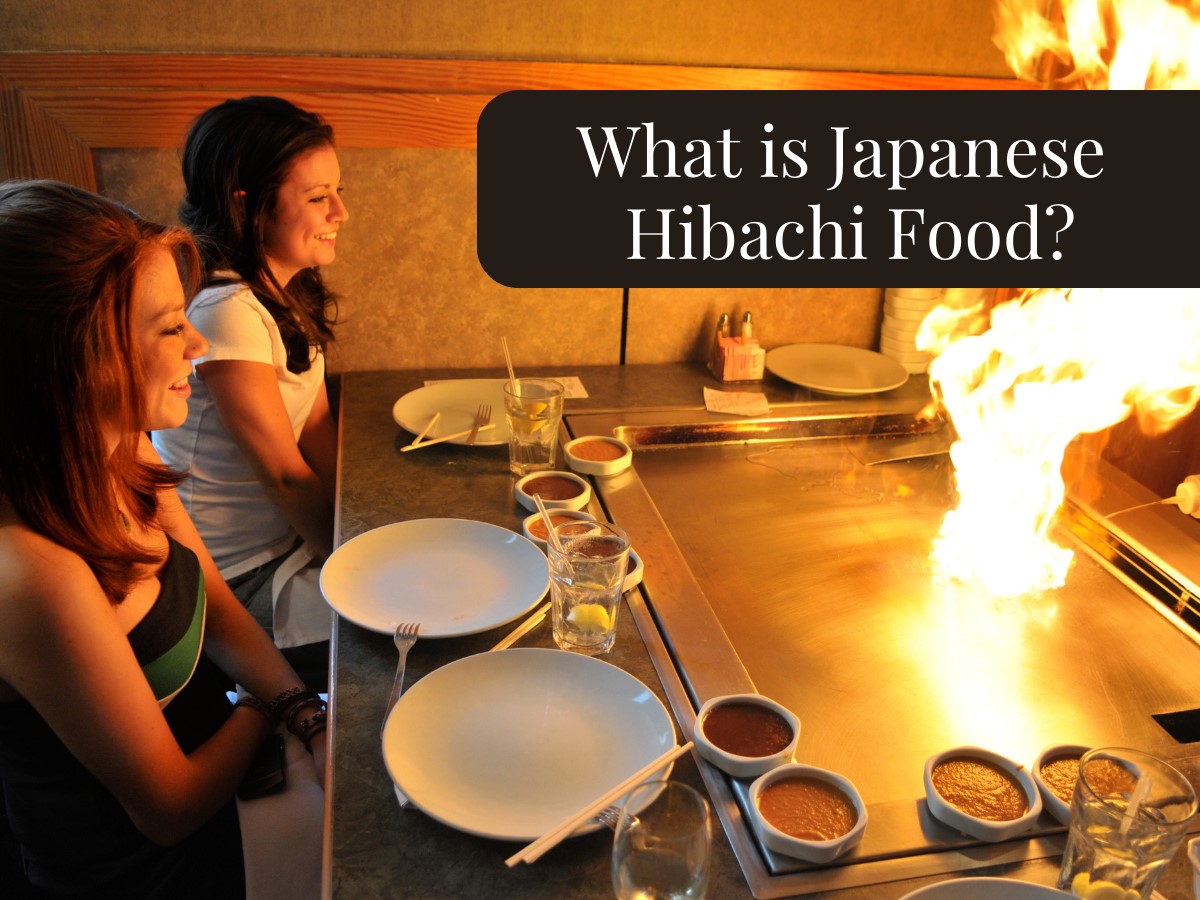As a food enthusiast and lover of Japanese cuisine, I am delighted to share with you the main nutrients found in Japanese food. Japanese cuisine is renowned for its delicious flavors, meticulous preparation, and emphasis on fresh, high-quality ingredients. The Japanese diet is often considered one of the healthiest in the world, and it’s no wonder why, as it incorporates a wide variety of nutrients that promote overall well-being.
What are the main Nutrients in Japanese Food?
Discover the rich array of Japanese foods and their nutritional benefits, Savor the flavors and nourish your body with the goodness of Japanese cuisine. Here is a list of popular Japanese foods and their nutritional benefits:
Fish and Seafood:
Seafood is a staple in Japanese cuisine, with a wide variety of fish such as salmon, tuna, mackerel, and sardines being commonly consumed. These fish are rich sources of omega-3 fatty acids, which are essential fatty acids that have been shown to support heart health, and brain function, and reduce inflammation in the body. Additionally, fish and seafood are excellent sources of high-quality protein, vitamins, and minerals such as vitamin D, vitamin B12, iodine, and calcium.
Rice:
Rice is a staple food in Japan, and it is typically consumed with almost every meal. Japanese rice is a good source of complex carbohydrates, which provide sustained energy and are a crucial source of fuel for the body. It is also low in fat and cholesterol, making it a healthy source of carbohydrates that helps to keep blood sugar levels stable.
Vegetables:
Japanese cuisine incorporates a wide variety of vegetables, both cooked and raw. Vegetables such as seaweed, spinach, daikon radish, bamboo shoots, and sweet potatoes are commonly used in Japanese dishes. These vegetables are rich in dietary fiber, vitamins, and minerals such as vitamin A, vitamin C, potassium, and magnesium, which are essential for maintaining a healthy immune system, supporting digestion, and promoting overall wellness.
Soy Products:
Soy products such as tofu, miso, and edamame are widely used in Japanese cuisine and are an excellent source of plant-based protein. They are also rich in essential amino acids, vitamins, and minerals such as iron, calcium, and zinc. Soy products are known for their health benefits, including supporting heart health, improving bone density, and promoting healthy digestion.
Green Tea:
Green tea is a popular beverage in Japan, and it is known for its numerous health benefits. Green tea is rich in antioxidants, particularly catechins, which have been shown to have anti-inflammatory, anti-cancer, and neuroprotective properties. Green tea also contains L-theanine, an amino acid that promotes relaxation and mental clarity, making it a popular choice for reducing stress and improving cognitive function.
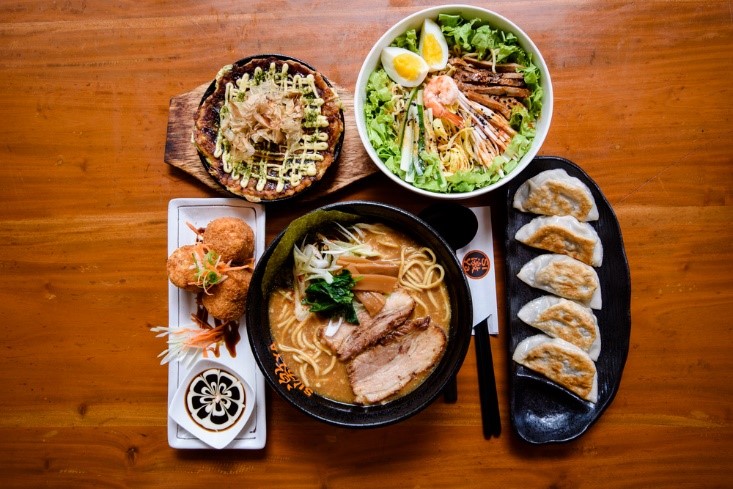
Fermented Foods:
Fermented foods are a prominent part of Japanese cuisine, including foods such as miso, natto, and pickled vegetables. These foods are rich in beneficial bacteria known as probiotics, which are essential for gut health and digestion. Probiotics help to maintain a healthy balance of gut bacteria, which can promote better digestion, boost the immune system, and support overall health.
Closing Words
Japanese cuisine is a treasure trove of nutrients that promote overall health and well-being. The emphasis on fresh, high-quality ingredients, along with a balanced combination of fish, seafood, rice, vegetables, soy products, green tea, and fermented foods, make Japanese cuisine a nutritious and delicious choice for those seeking a healthy diet. So, the next time you enjoy a plate of sushi, a bowl of miso soup, or a serving of grilled fish with steamed vegetables, know that you are nourishing your body with a wide array of essential nutrients that support your health and vitality.
Also Read: Why Is Japanese Food So Healthy? The Secrets of the Japanese Healthy Diet

